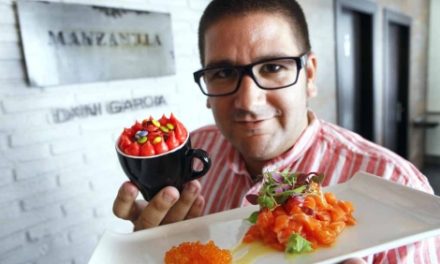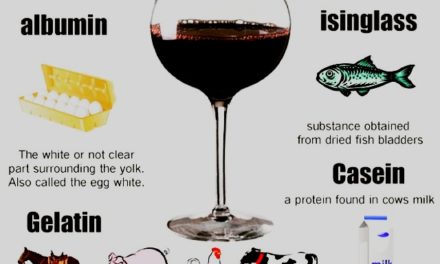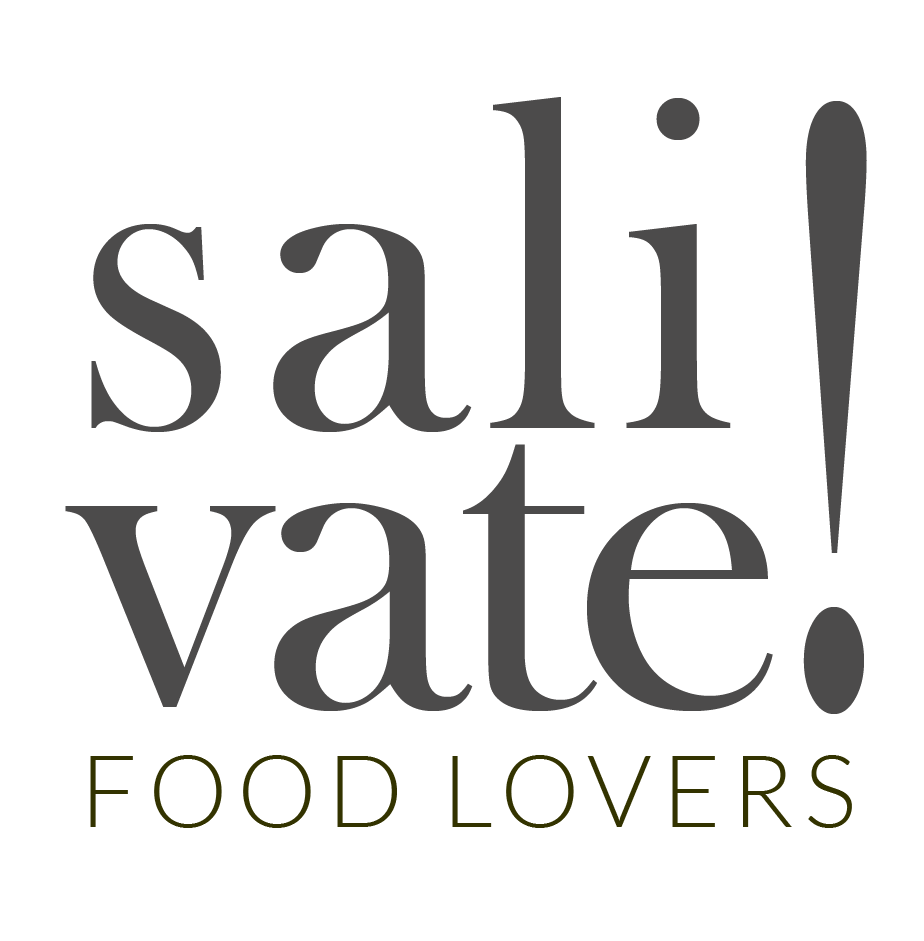It was almost 40ºC, and lunch on the beach at La Rápita had been a competition to see whether the flies got more to eat than we did. Now it was time to head inland. At 1,300 metres it was cooler. Mountains stretched endlessly in all directions and the only sound was birdsong.
Cadiar is the home of winemaker-extraordinary Manuel Valenzuela. For twenty years he has been working his small vineyard on an Alpujarra mountainside, trying to make wine as it was produced in this area centuries ago. Finally it appears he has succeeded, and, in recognition of his efforts, the world is starting to make a beaten path to his door.
I wrote the above lines 13 years ago in an article for Essential Marbella. The Alpujarra region of Granada was just beginning to produce wine, back then referred to as vino de la tierra.
Today there are around 50 bodegas, most of them making excellent reds, whites and even a few cavas. In 2009, the Andalusia Regional Government approved the quality label, Vino de Calidad de Granada.
Rather like Schatz in Ronda, Valanzuela’s red Barranco Oscuro wine became a reference point for many wineries that were later established in the region. Barranco Oscuro wines are not the cheapest, but you need to be a code-breaker to decipher the grape varieties on some of the labels. As befits a pioneer of the zone whose contribution to it should never be underestimated, the wines are first-rate.
Around the time of my original visit the ’98 vintage, of which only 5,000 bottles had been made, was described by El País newspaper as, ‘the glorious Barranco Oscuro…’.
The similarities do not end there. Both regions were deprived of their wine culture in the 19th century when the phylloxera bug struck, wiping out every vine. Not until the latter part of the last century did some intrepid winemakers put down their roots, literally, in these up-until- then abandoned vineyards, and started making decent wine.
Many, if not most, of the wines made in the Granada region (there are three sub-zones) are organic, and if not fully certified as organic practice natural growing methods with zero use of pesticides and fertilisers. Another pleasant surprise is that the prices are in the main more than acceptable, and certainly on a more sensible level than Ronda wines that have reputation for being overpriced.
Some wines to look out for:
Many bodegas have little more than a decade of history behind them, and Rey Zagal is no exception, starting in 2000 in Gogollos de Guadíx. The Sauvignon Blanc is almost as good as the 2009 red Crianza
Mendez Moya is a small bodega in Dólar making four organic red wines and one white, but is worth searching out.
Bodegas Los Barrancos is also 100% organic, and oenologist César Ortega makes three wines, Loma de Los Felipes 2011, Cerro de la Retama 2010 (highly recommended), and Corral de Castro 2008.
The Señorio de Nevada brand is well-known. Founded in 1996 its wines have won many awards, with its Vendimia Selección 2005 receiving a Bacchus in 2008, and a gold at AWC Vienna, certainly a bodega to watch.
Another is Bodegas Fonte Dei, which, in the terminology, never disappoints, starting with the Albayda 2012, a white made with Chardonnay and Sauvignon Blanc. It was voted Best White Wine by the Guia Peñin 2013, and is extraordinary value for money. The Lindaraja tempranillo and syrah, has also won awards, as has the Prado Negro.
Bodegas Pago de Almareaes in Benalúa (2001) is one of the largest, producing half a million bottles yearly. The main brands, Almaraes and Memento are reds, and the Mencal a very good white (gold medal in Bordeaux 2009).
Juan Manuel Palomar, of Dominio Buenavista, realised the potential of Granada when he visited the Napa Valley and saw the similarities between the two areas. In 1992 he planted his first vines in Ugíjar and currently produces three excellent whites (the Chardonnay blends are excellent) a tempranillo/garnacha rosado, same price, and six reds, of which the Veleta Tempranillo Reserva is great value. The cava made with local grape Vijiriega and Chardonnay is outstanding as well. The wines sell in the USA and many other countries.
Jete-based Calvente produces one of the first dry whites in Spain to be successfully made using muscatel grapes plus two reds, Guindalera and Castillejos
The Bodegas Al Zagal wines, three reds and a white, start from €6, with the Rey Zagal, Reserva 2009 one of the best Granada reds and quite remarkable value at €8.50. Bodegas Nazaríes is another producer to watch, with an unusual white made from Vijiriego and Pedro Ximénez, and a good tempranillo.
A small bodega in Policar is one of the most talked-about wineries of the region. Vertijana makes three organic wines, and of its best, the 2009, only a few if any are left out of the 677 originally made The Ventijana 3 and the new 2010 are also excellent.










